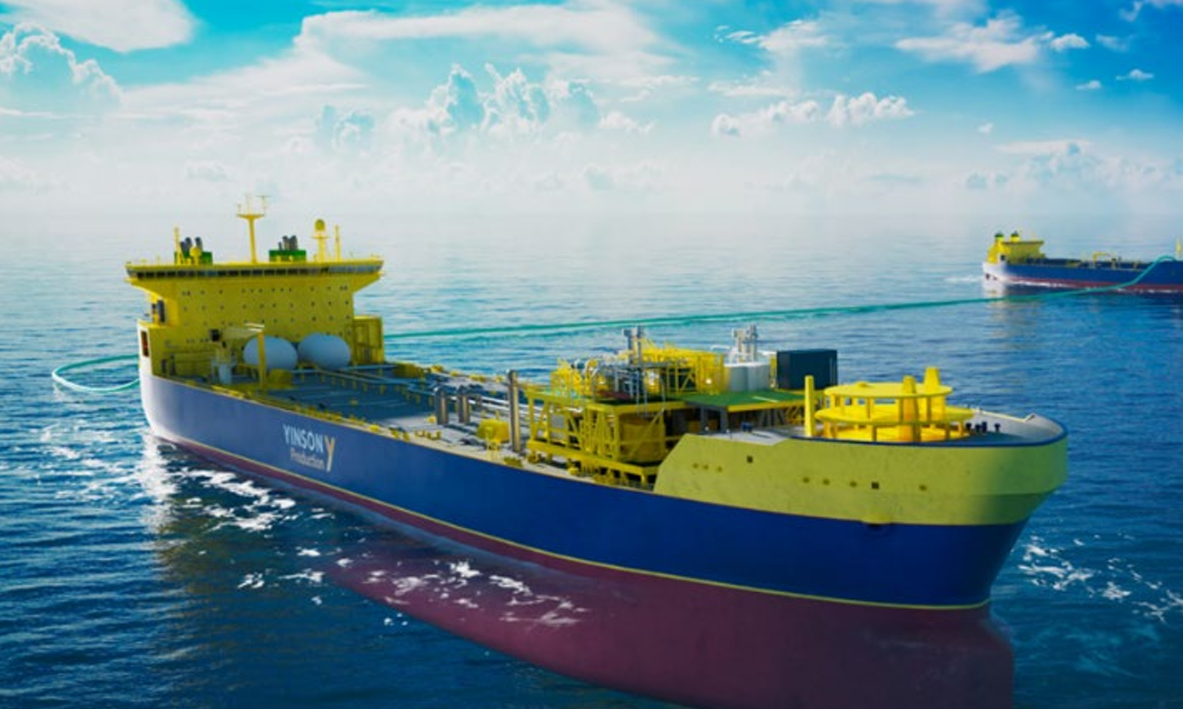Provaris Energy has received approval from its development partner Yinson Production to commence the front end engineering design (FEED) development for its proprietary large-scale low-pressure liquid CO2 (LCO2) tanks for integration with Yinson’s floating storage injection unit (FSIU).

Yinson will fund 100% of the FEED phase, and first deliverables are scheduled for December 2025.
Provaris and Yinson are progressing the formation of a new joint venture company (NewCo) to hold exclusive rights to the LCO2 tank design and fabrication methodology and future IP for scalable designs across marine and onshore applications. Each party will own 50% of NewCo, with equal licensing and commercialization rights.
Yinson and “K” LINE are jointly developing market solutions for the transportation and injection of liquefied CO2. The collaboration will target carbon capture and storage (CCS) projects being developed mainly in Europe.
Provaris Chief Technical Officer, Per Roed, said: “Commencing the FEED phase is a major step forward in validating our design and moving towards a market-ready solution. There is growing interest from the maritime industry in our layered plate, robotic fabrication and laser welding technology to unlock the limitations of traditional Type C tank design. We are building not just a tank for Yinson’s LCO2 project, but a platform for multiple applications, including compressed hydrogen. The data and experience gained through Yinson’s program will strengthen our ability to deliver Class-approved, large scale storage solutions required to establish large-scale shipping and storage required for carbon capture supply chains globally.”
The FEED program will take Provaris’s LCO2 tank design from concept design towards commercial and operational readiness. The tank development focus will be on continued compliance with maritime codes and regulations, including integration of the tank for Yinson’s FSIU and suitability for LCO2 carriers, as well as optimization of the tank design related to steel weight and automated fabrication.
Fabrication of the tank design will be based on extensive use of robots for material handling and laser welding processes.
The FEED scope includes:
- Structural / Parametric analysis: including global finite element modelling.
- Static and Fatigue Structural design: modelling for key sub-regions of the tank.
- Development of experimental test procedures for sections of the tank to be fabricated at Provaris’s robotic cell facility in Norway and subsequently tested.
- Ongoing engagement with class targeting FEED Design Approval in mid-2026.
In partnership with adviser, Clarksons, Provaris management recently completed a targeted road show Asia to assess emerging focus on LCO2 applications and requirements for the maritime and offshore sectors.
Meetings with major shipowners included a review of the Provaris tank designs and the concept design for a low-pressure large scale LCO2 carrier to be integrated with the Provaris LCO2 tank which the company believe has application in rapidly developing European and Asian CO2 and H2 markets.
Market discussions indicated a clear preference for large scale LCO2 tanks of 40,000 to 50,000 bcm capacity aligned with Provaris’s concept design which has the key benefits of fewer, larger tanks and resulting increasing hull utilization and cargo capacity, based on the same hull specifications.


